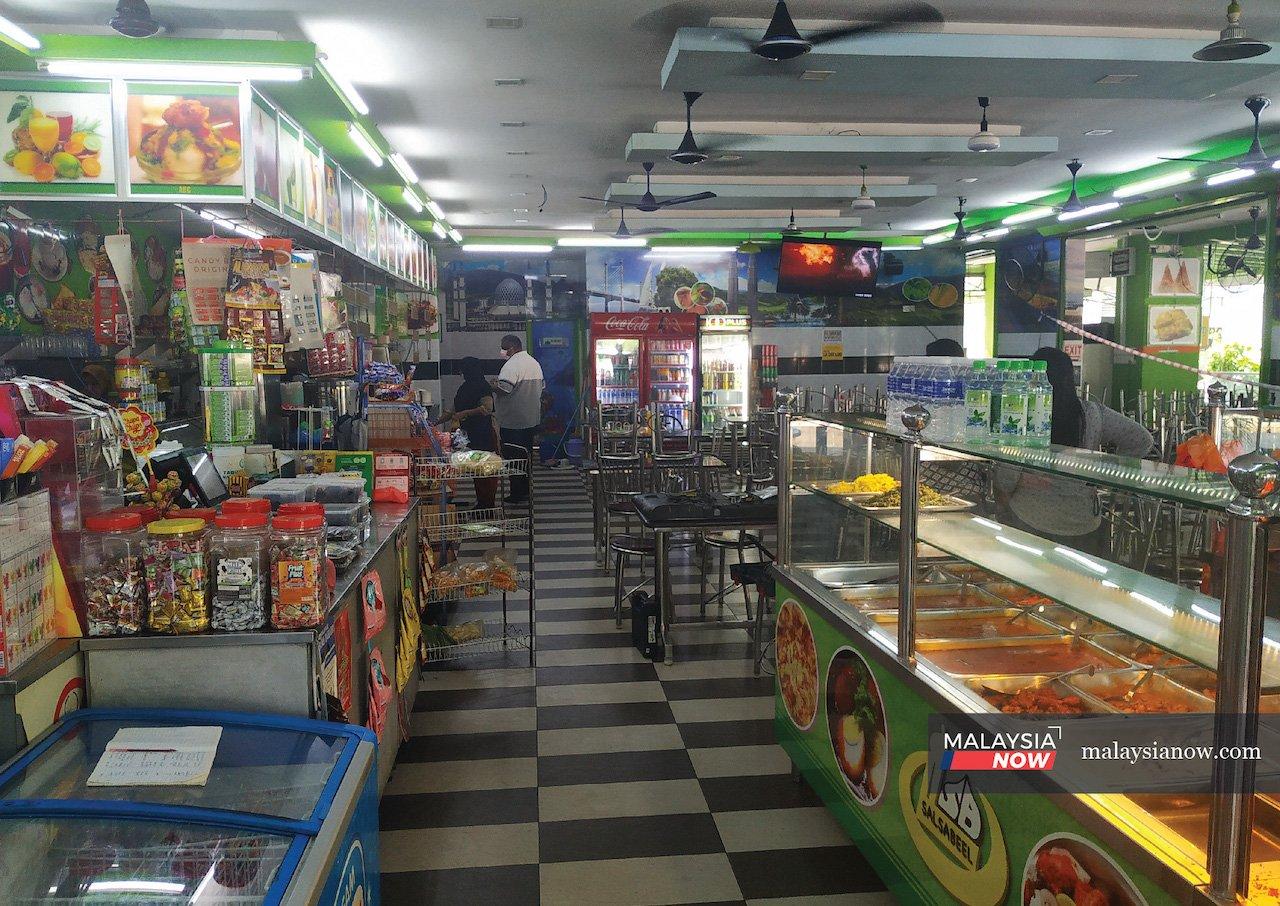Takeaway prices bite but there’s nothing for it, say restaurant groups
The increase in cost of raw ingredients coupled with other expenses make it impossible for them to shave down prices any further.
Just In
Restaurants struggling to pay the bills through phase after phase of movement restrictions and SOPs have tried nearly every trick in the book to revive an industry staggering under the impact of the Covid-19 pandemic.
Some turned themselves into drive-thru establishments offering customers a quick and easy way to grab a bite without leaving themselves open to the risks of eating together with dozens of others in a close and confined space.
Many others resorted to sending food directly to the doorstep of customers through delivery services like FoodPanda and Grab.
But nearly every option apart from dining in comes with the inherent problem of paying that little extra for packaging.
Many now depend solely on takeaway orders, especially given the nationwide movement control order which prohibits dine-in activities.
This, they say, is impossible to get around.
C Krishnan, deputy president of the Malaysian Indian Restaurant Owners Association which represents thousands of eateries across the country, said restaurants are already struggling to cope with expenses such as the increase in price of raw ingredients, rental, utility bills, salaries and other operational costs.
Many now depend solely on takeaway orders, especially given the nationwide movement control order which prohibits dine-in activities.
For them, deducting from the price of such orders could be the proverbial straw that breaks the camel’s back.
Speaking to MalaysiaNow, Krishnan said many restaurant owners would find it impossible to absorb the cost of packaging.
He said foldable plastic packaging costs 20 sen at most restaurants while plastic bags cost about nine sen each. Meanwhile, paper cups with lids and containers for food could run up to 70 sen and 45 sen respectively.
“It’s very tough for us to reduce the price of takeaway orders,” he said. “Takeaway costs more than dine-in because now the packaging material is not cheap.
“With dine-in, we can reuse the plates and cutlery so the food is cheaper.”
Other expenses include the cost of raw ingredients which he said have gone up especially during the festive season.
Rent, meanwhile, could leave owners anywhere from RM3,000 to RM10,000 out of pocket each month, perhaps even more.
“Some people may want to do this of their own accord, maybe because their business is small,” Krishnan said.
“It’s very tough for us to reduce the price of takeaway orders.”
“But this is not suitable for bigger restaurants. It’s very hard for them to do this.”
Jawahar Ali Taib Khan, president of the Malaysian Muslim Restaurant Owners Association, said restaurant owners had been advised by associations against raising the price of their food despite the increase in cost of ingredients which he said had shot up by “about 50 to 80%” during the pandemic.
Adding that food at their outlets is “already cheap enough”, he suggested that food delivery companies consider giving discounts for their services instead.
Muhammad Zakaria, who runs a mamak restaurant in Shah Alam, said if owners were to consider the suggestion, they would make zero profit from takeaway orders.
“Packaging for takeaway can cost 15 to 20 sen each,” he told MalaysiaNow. “There would be no profit for us if we were to reduce the price of food even more.”
He added that the commission paid to food delivery services eats away at their profit as well.
“The commission for food delivery services is about 35%. So if I sell fried rice with chicken for RM10 using these platforms, I would only be getting RM6.50 after paying the commission even though the original price of the item at our restaurant is higher.”
Zakaria also said many restaurant owners in the country do not receive discounts on rental from their landlords, meaning that they have to pay the full amount every month even though business is bad.
“I used to have seven outlets but now I only have two. Throughout the MCO periods, I have had to close down four outlets.”
During the first lockdown, he said, he lost close to RM80,000.
“Now, my savings are all depleted but I still have bills, workers’ salaries, and other expenses to pay.”
Subscribe to our newsletter
To be updated with all the latest news and analyses daily.
Related Articles
Most Read
No articles found.
